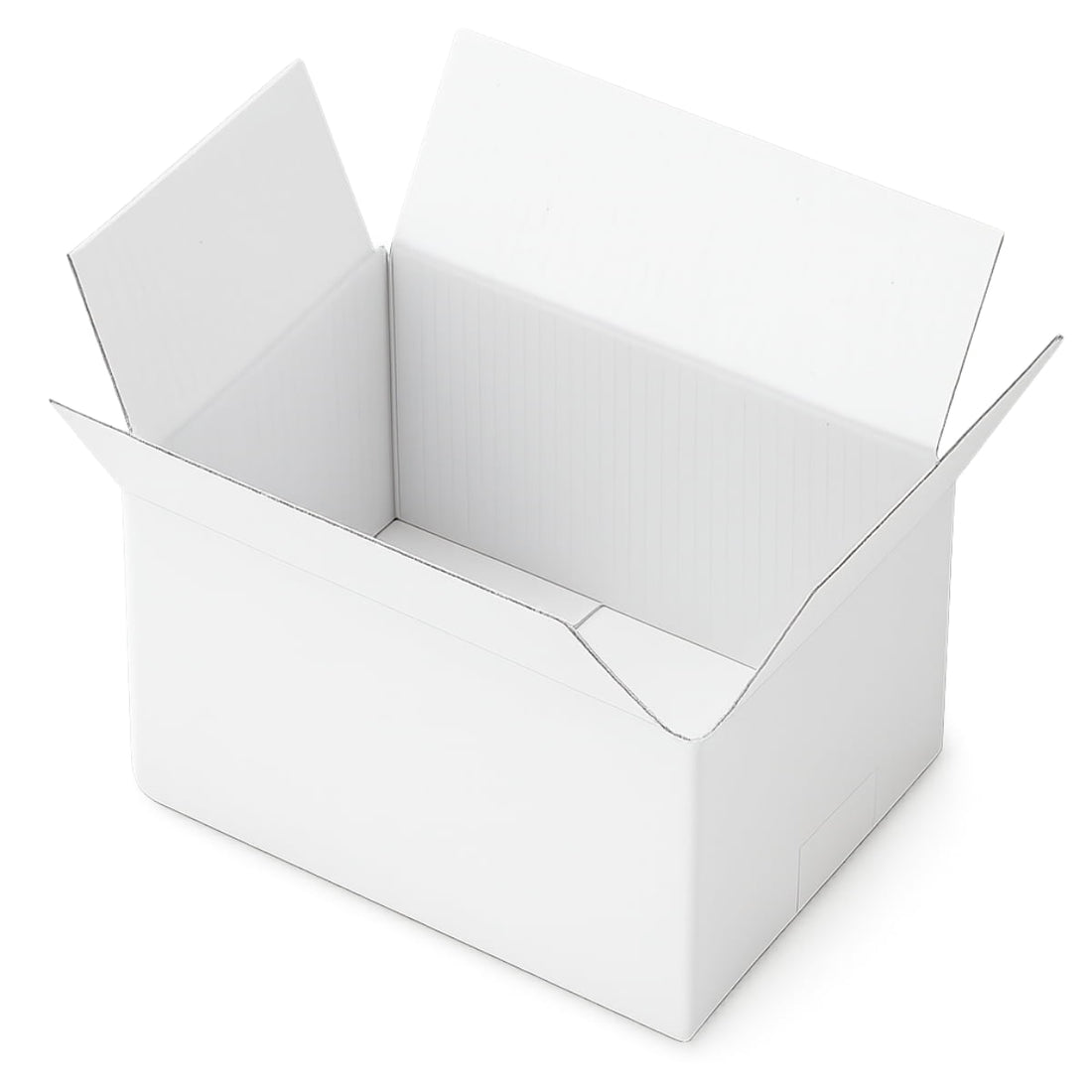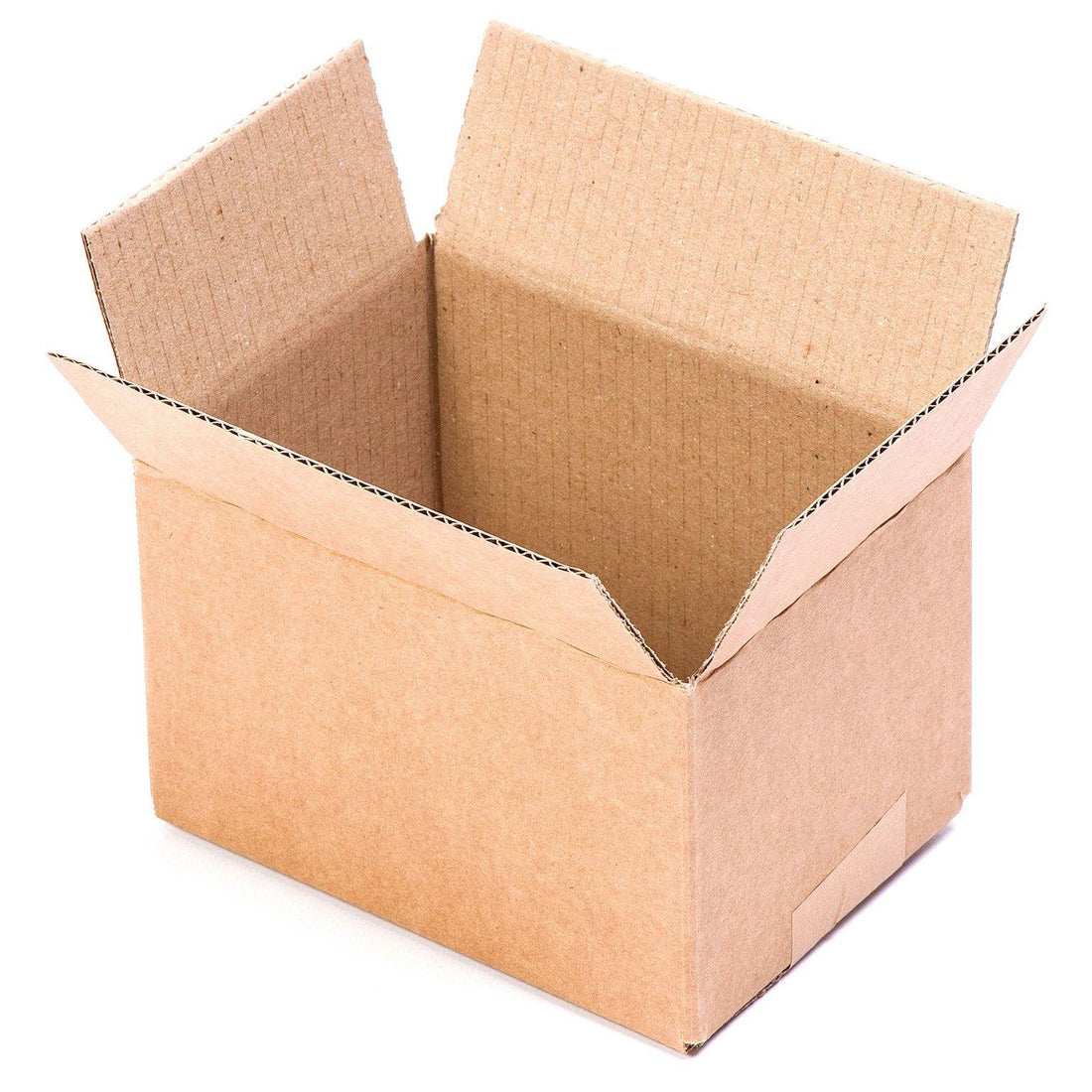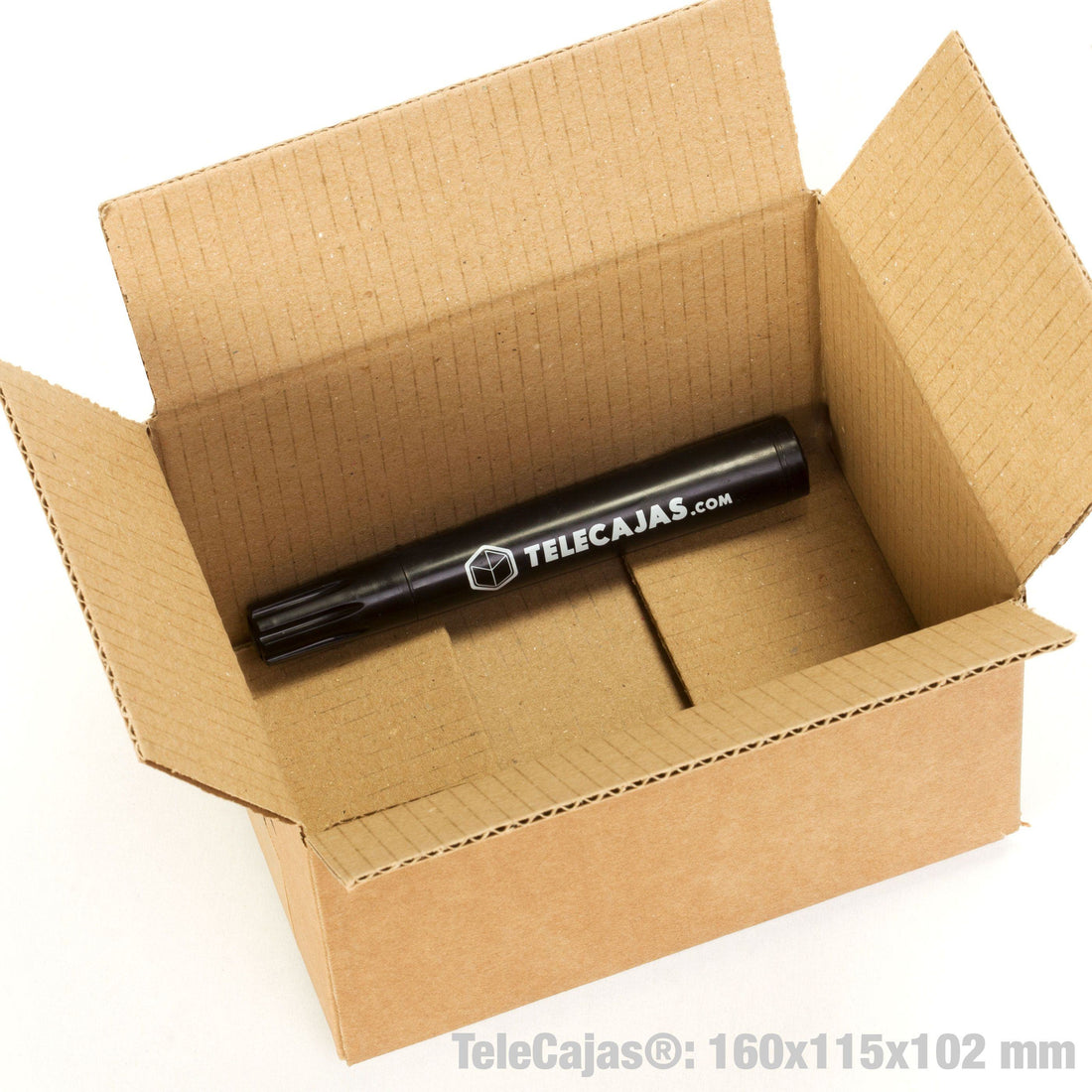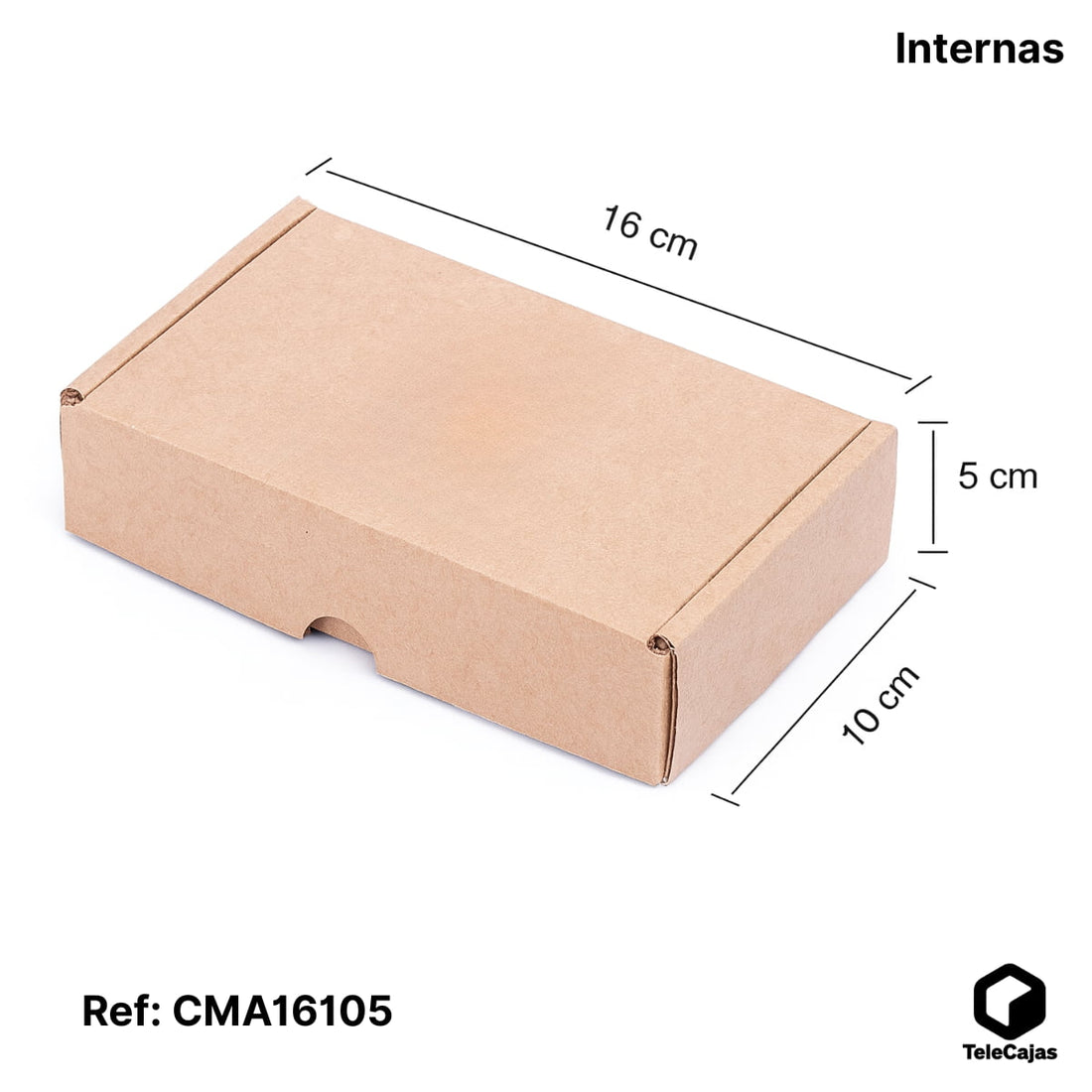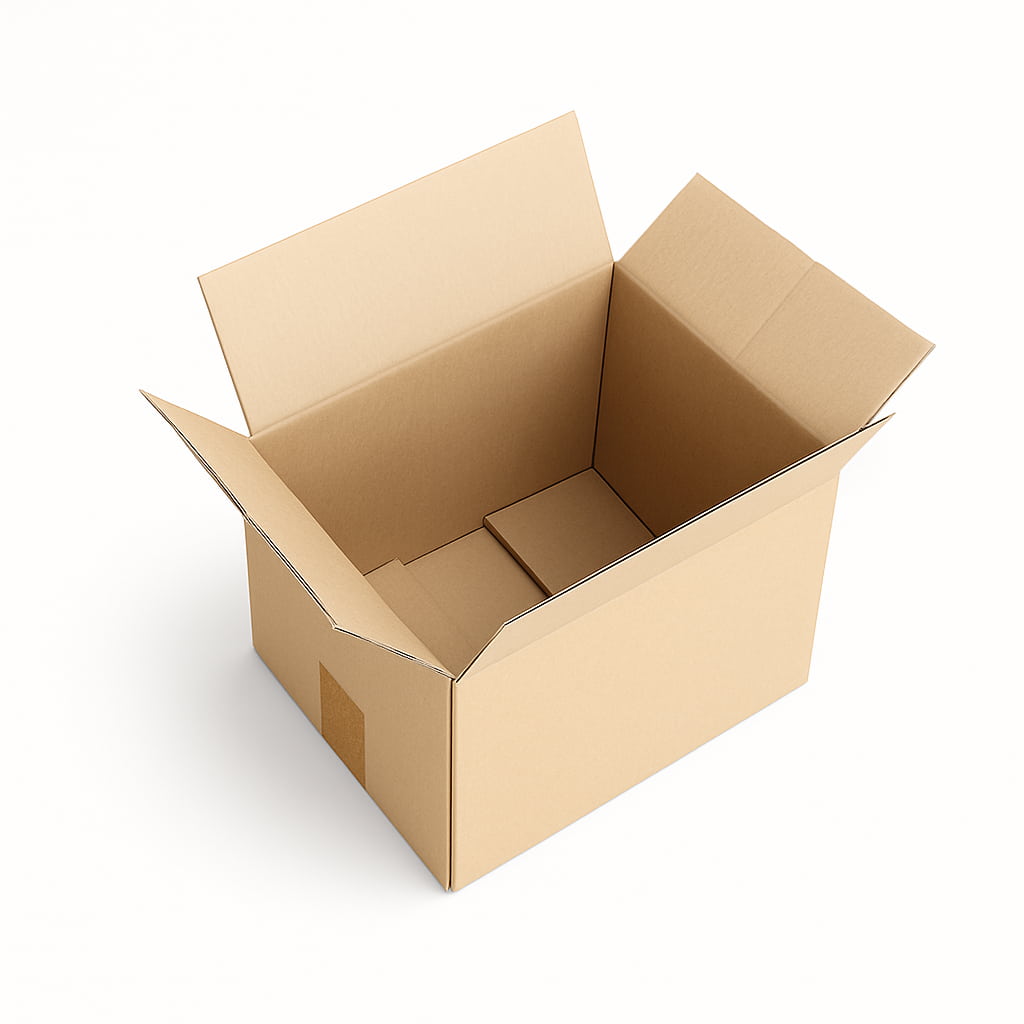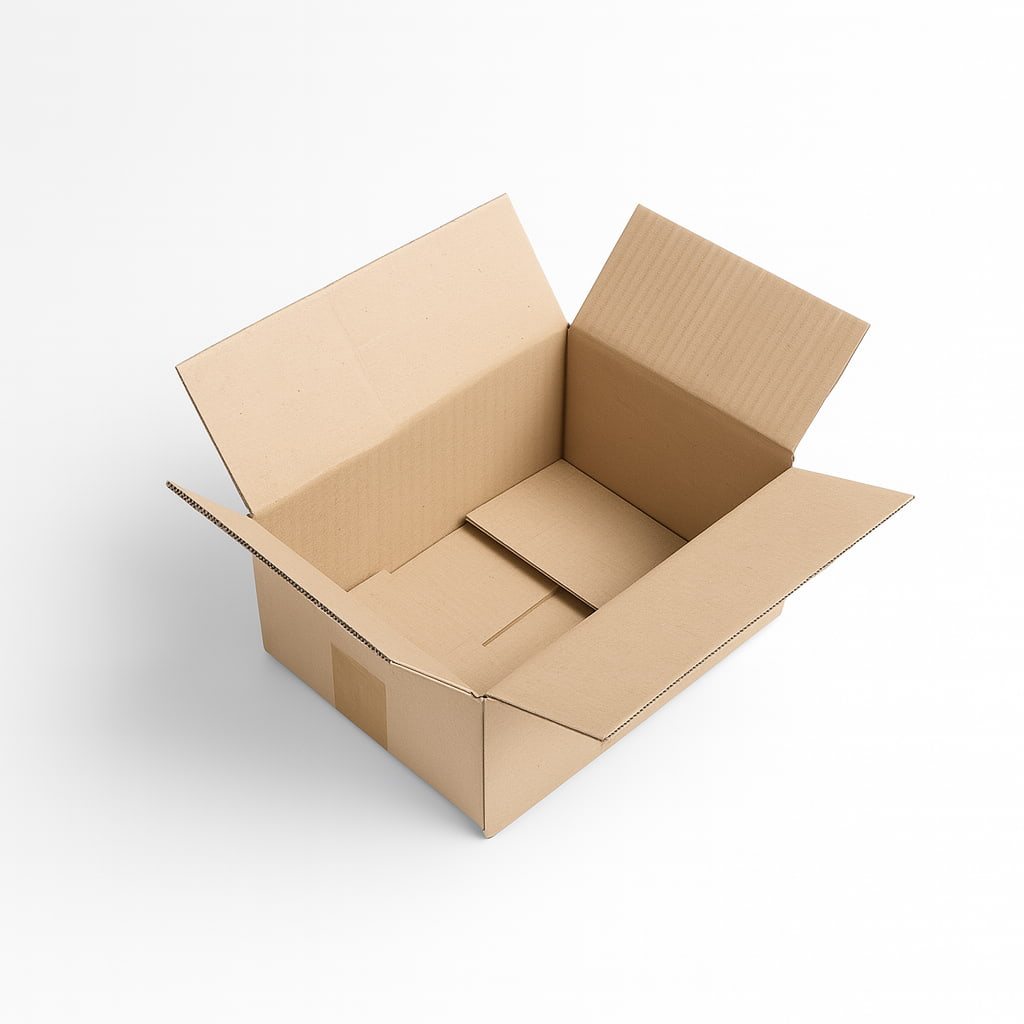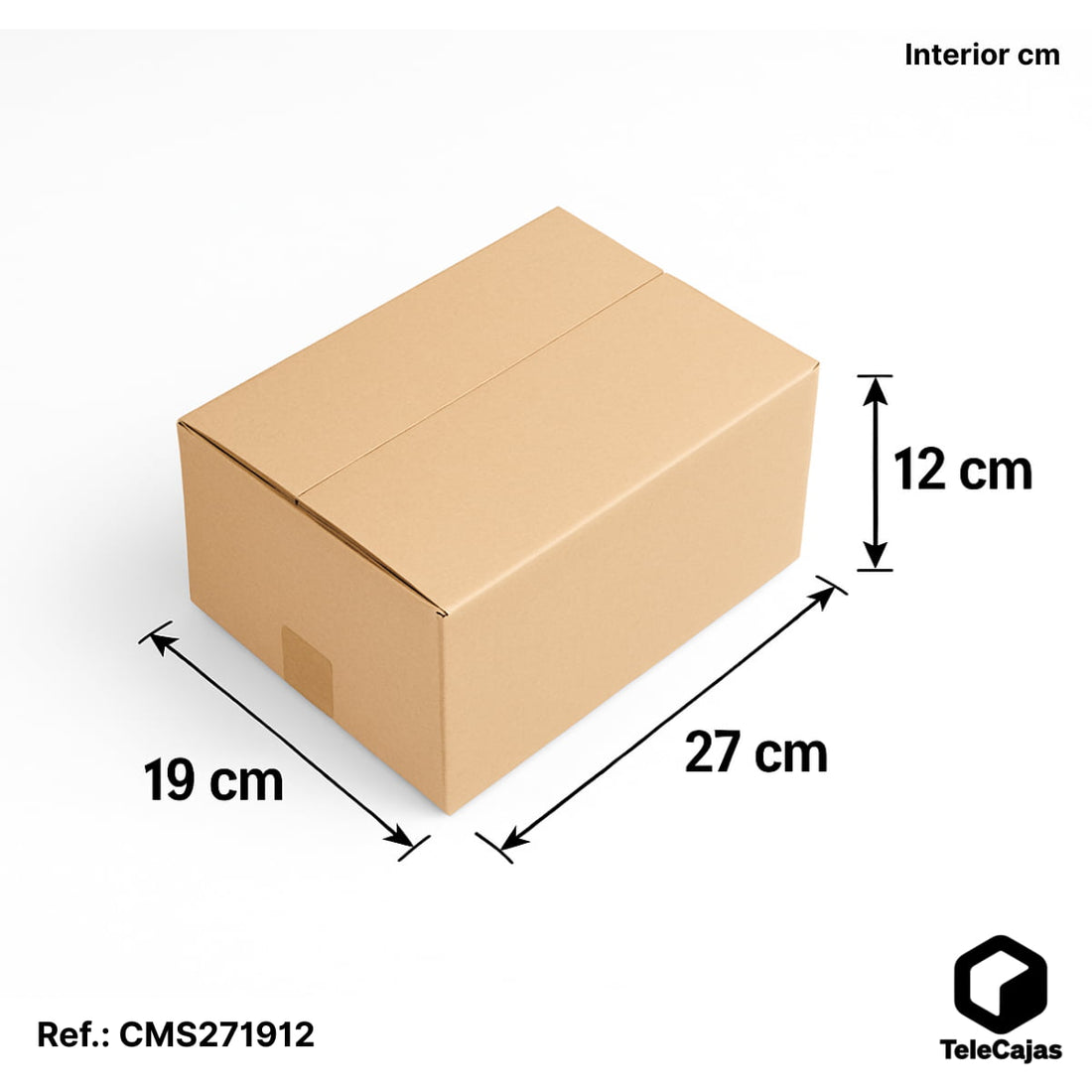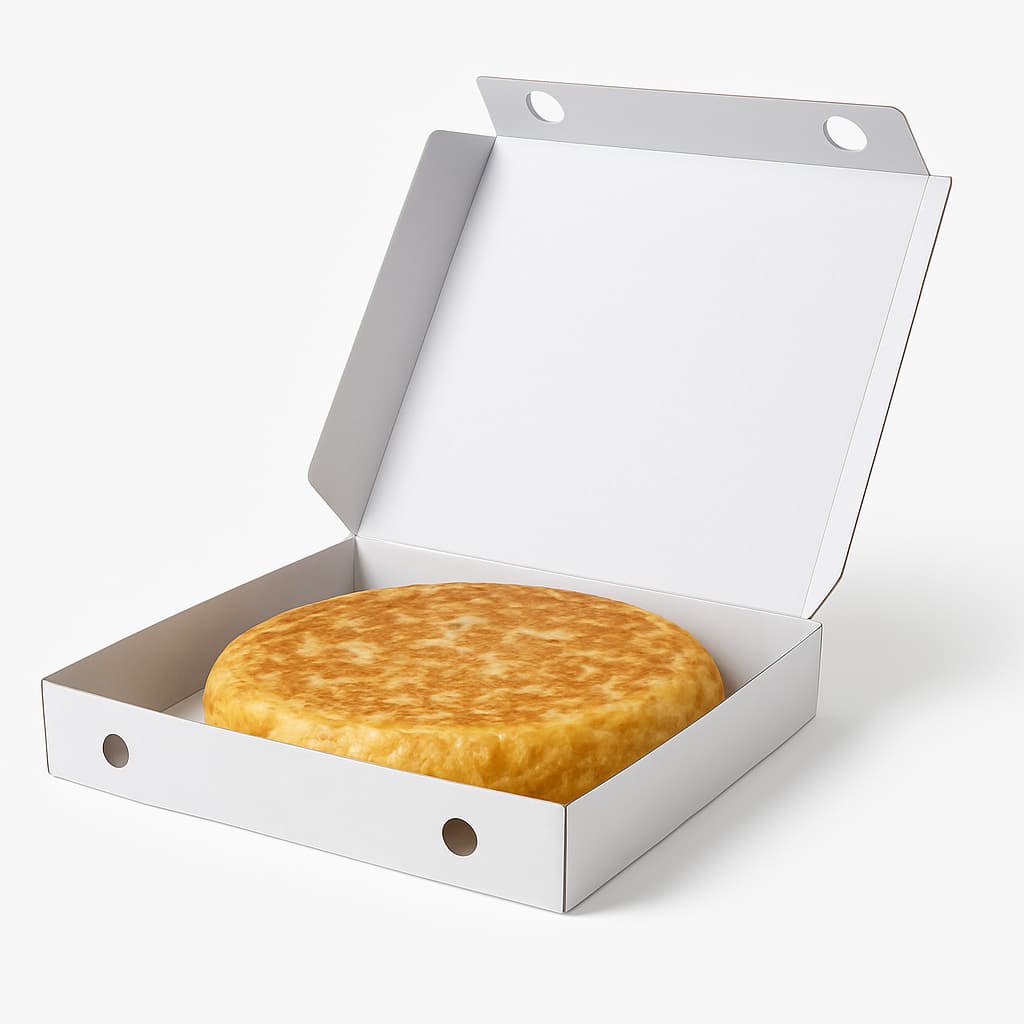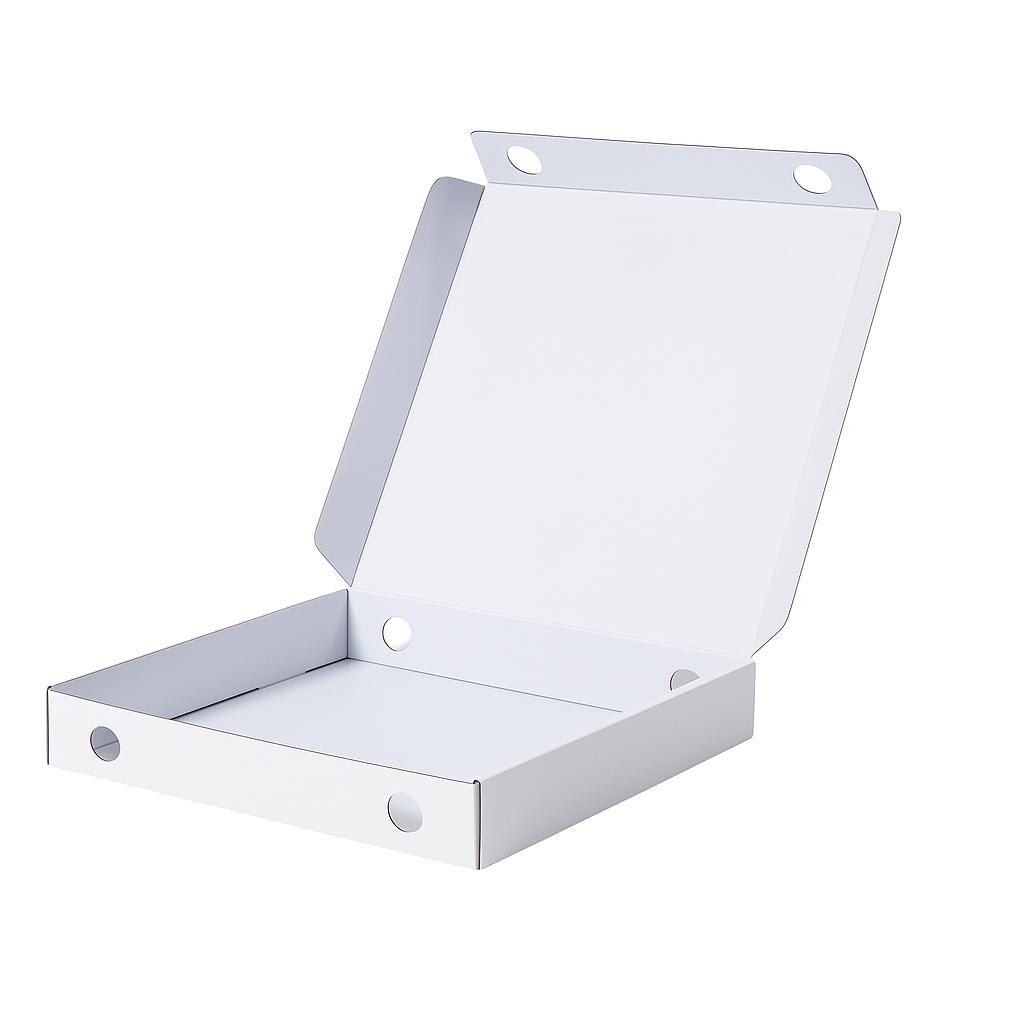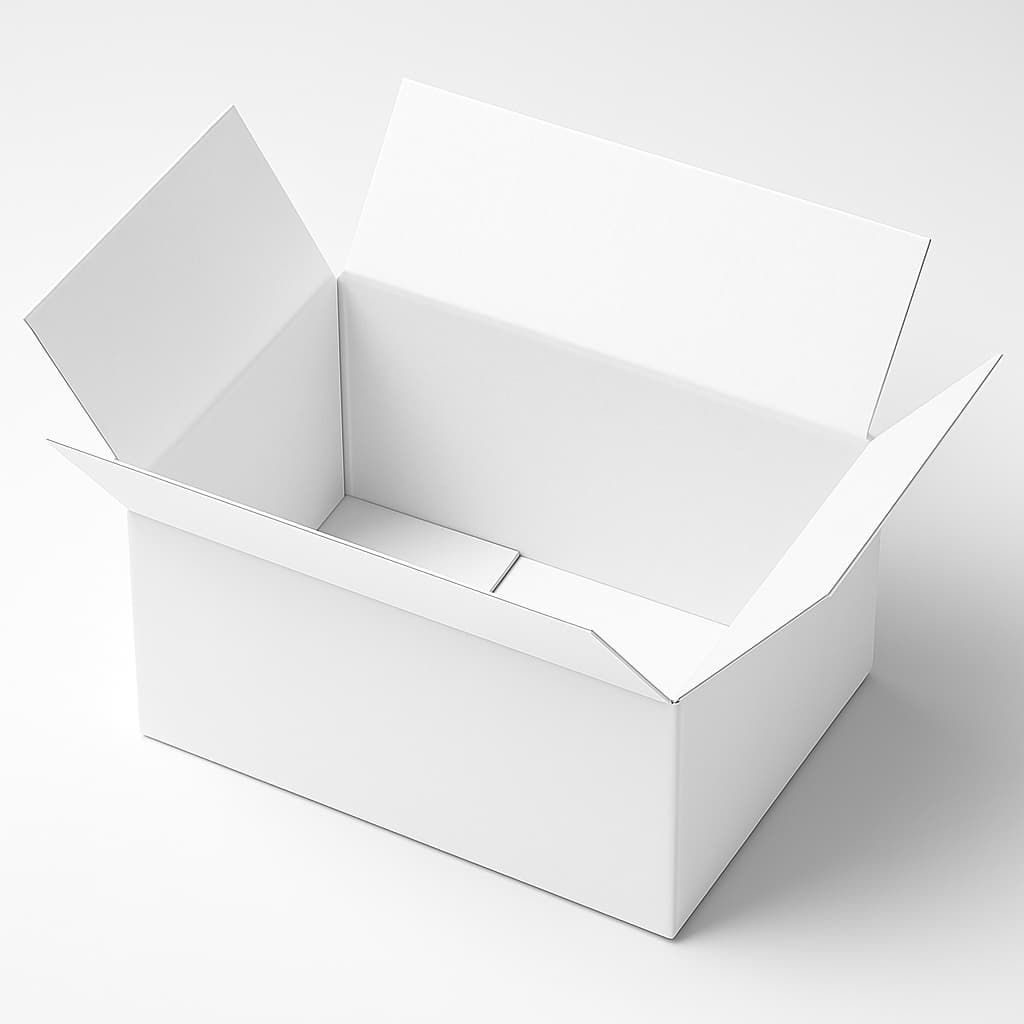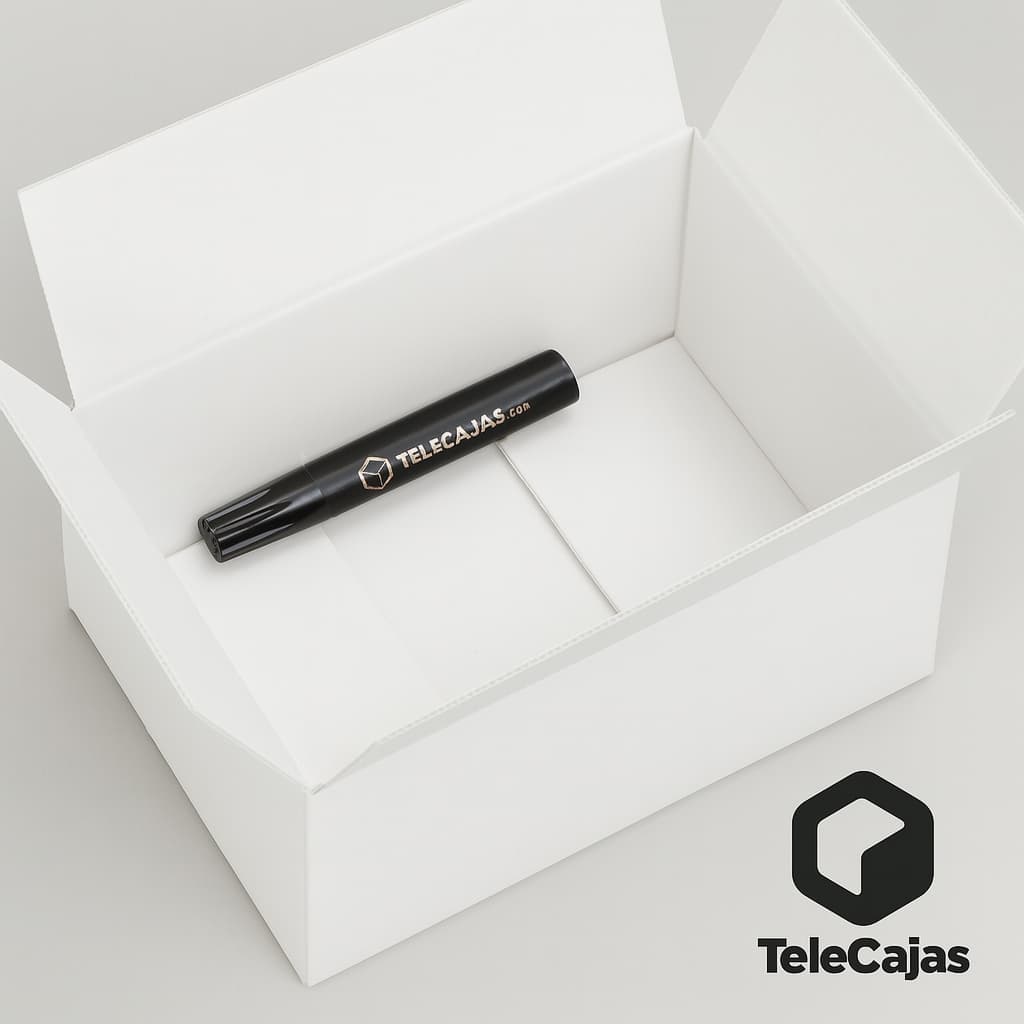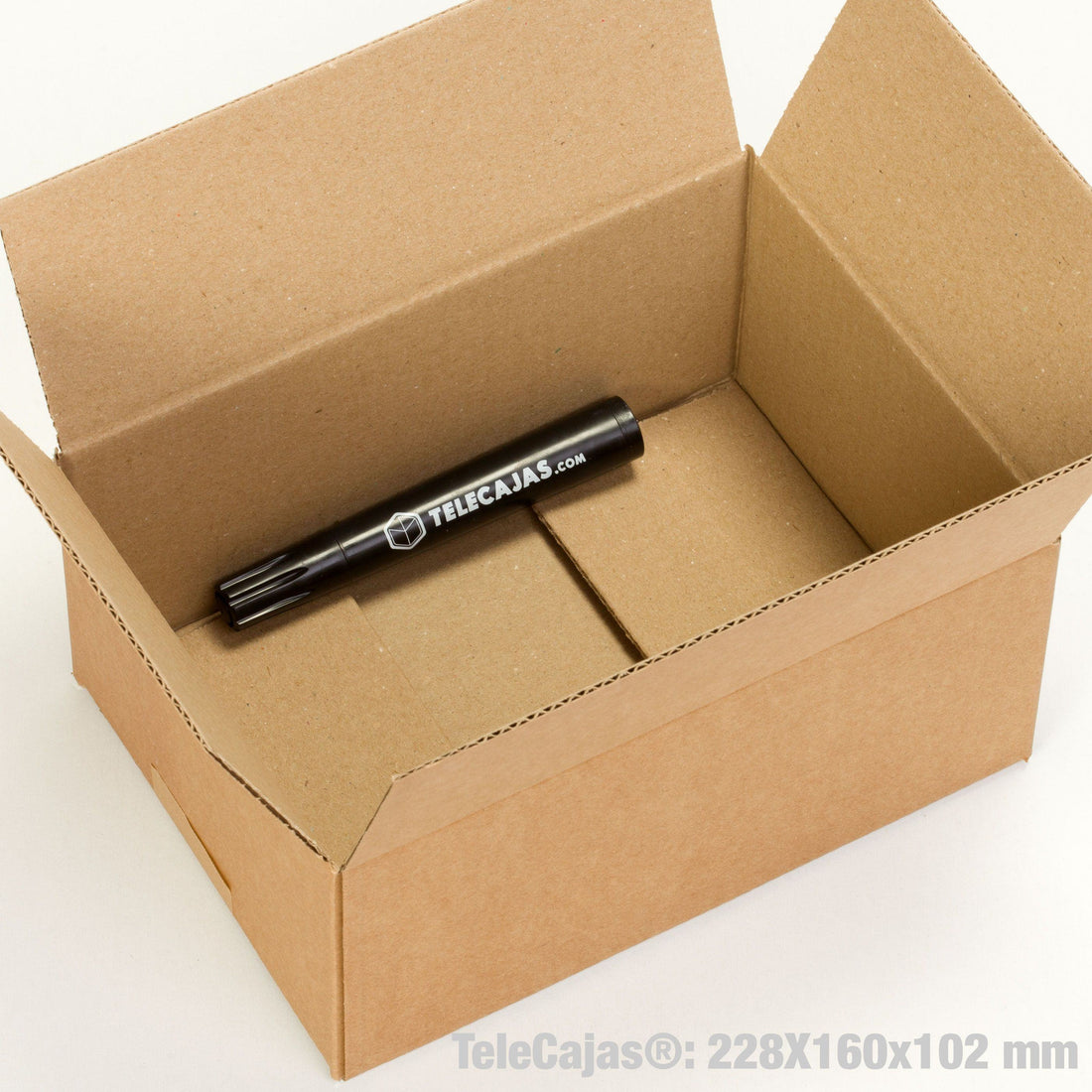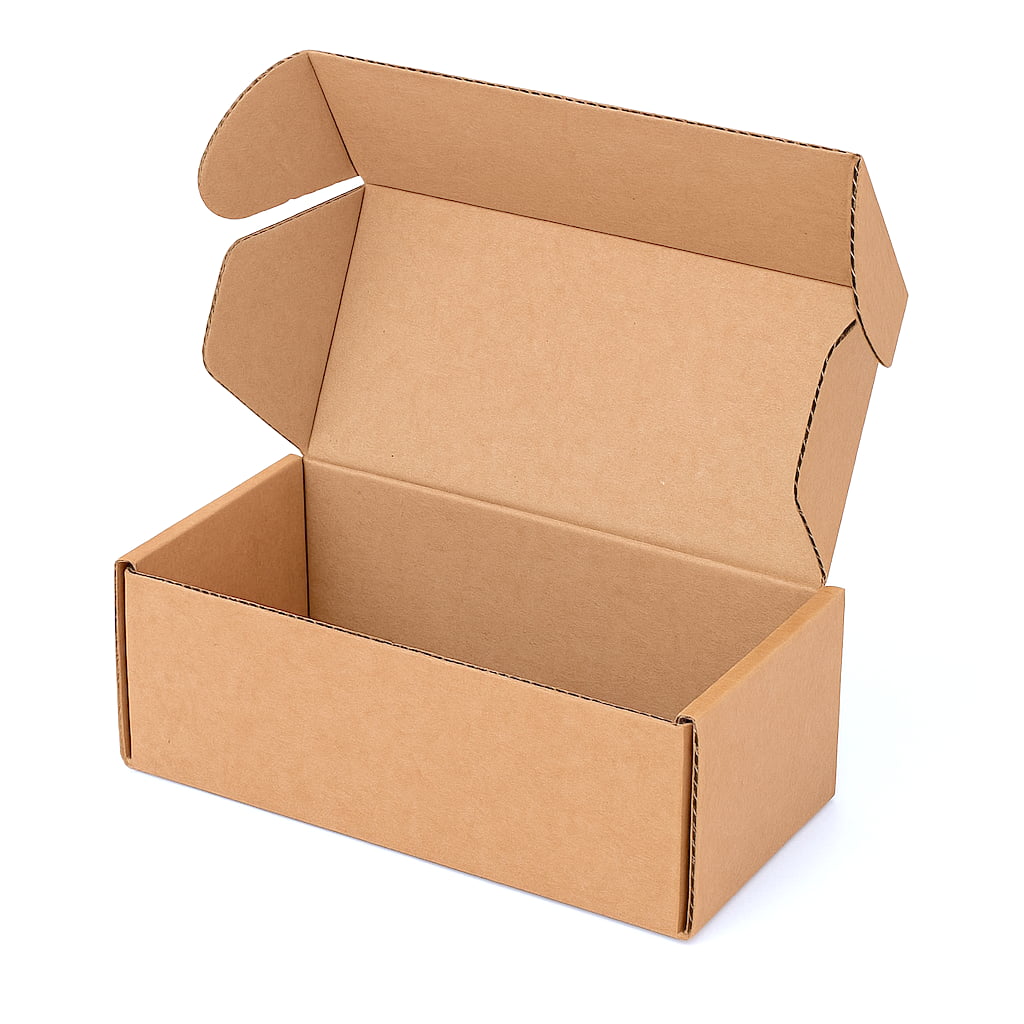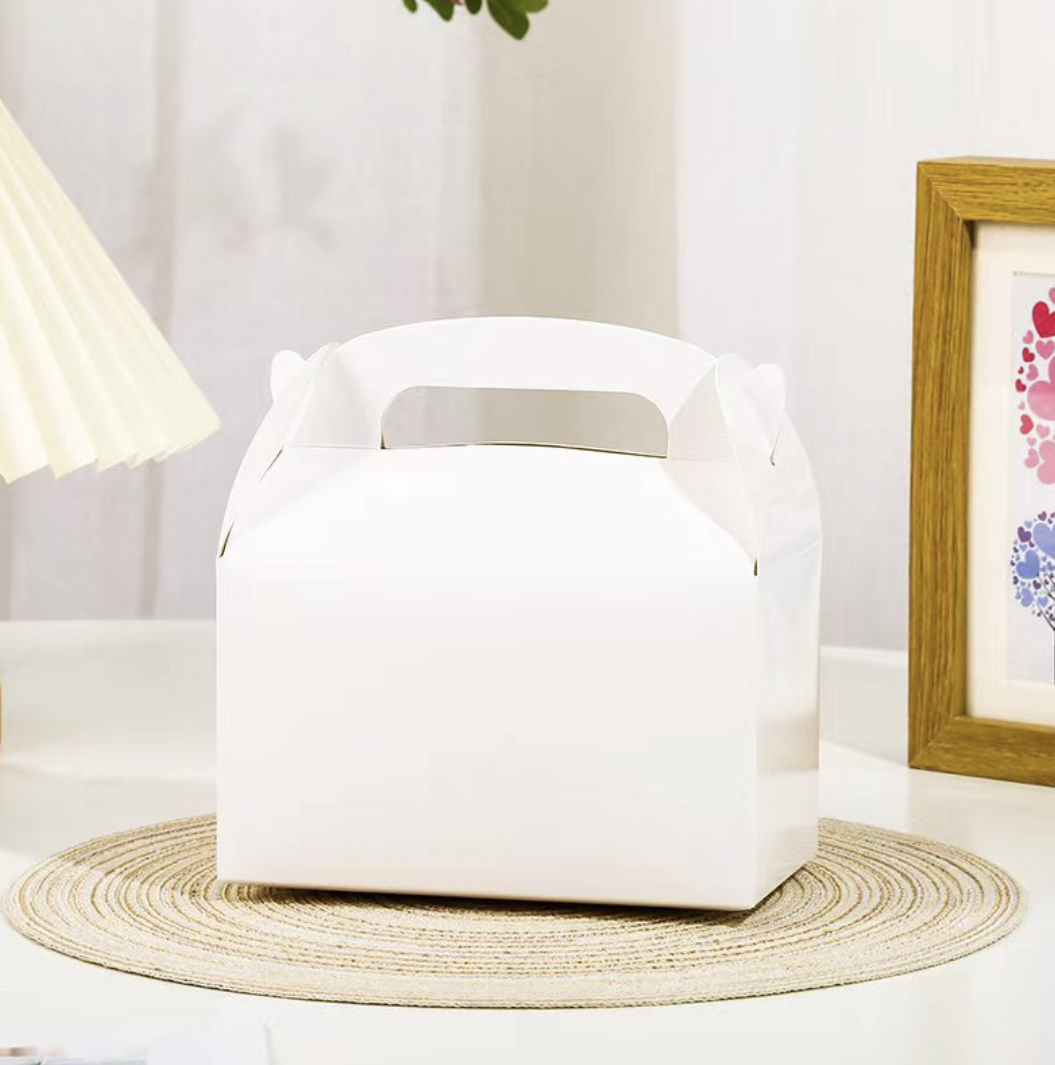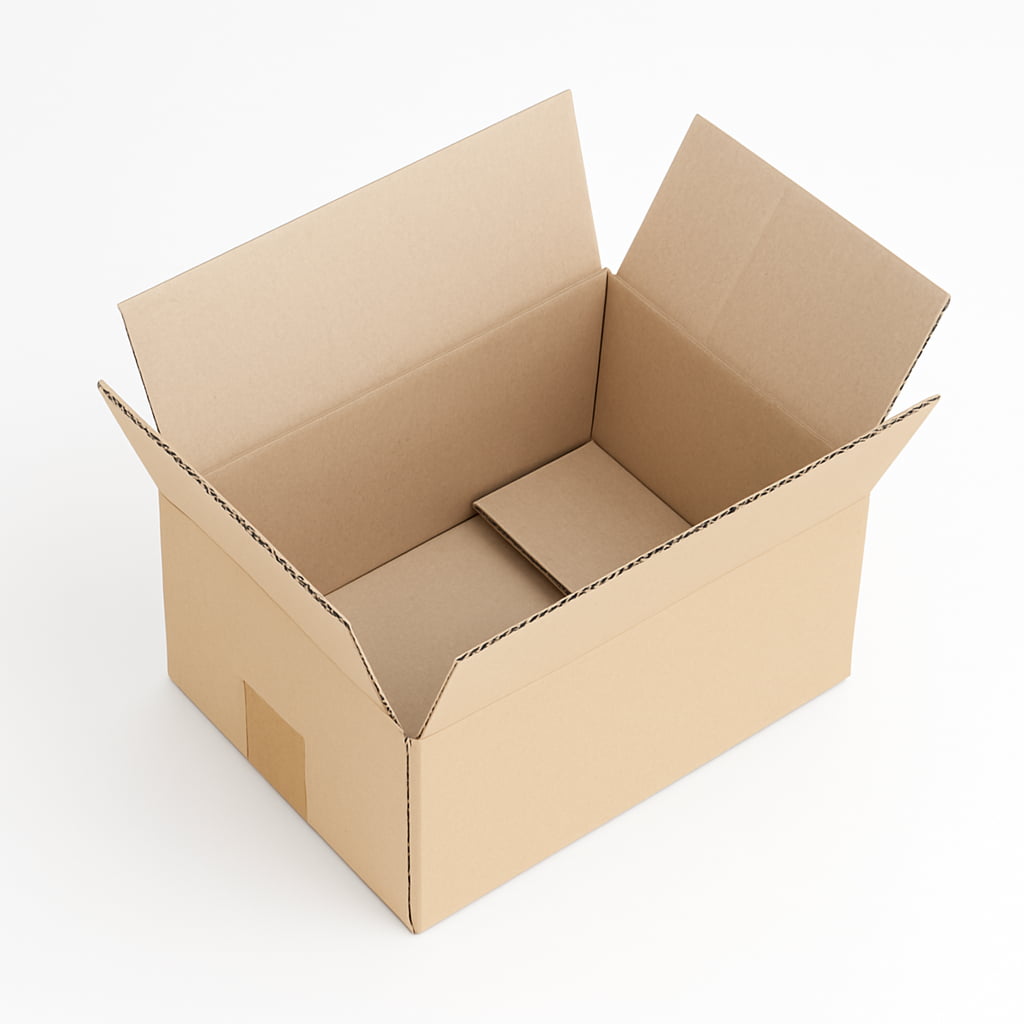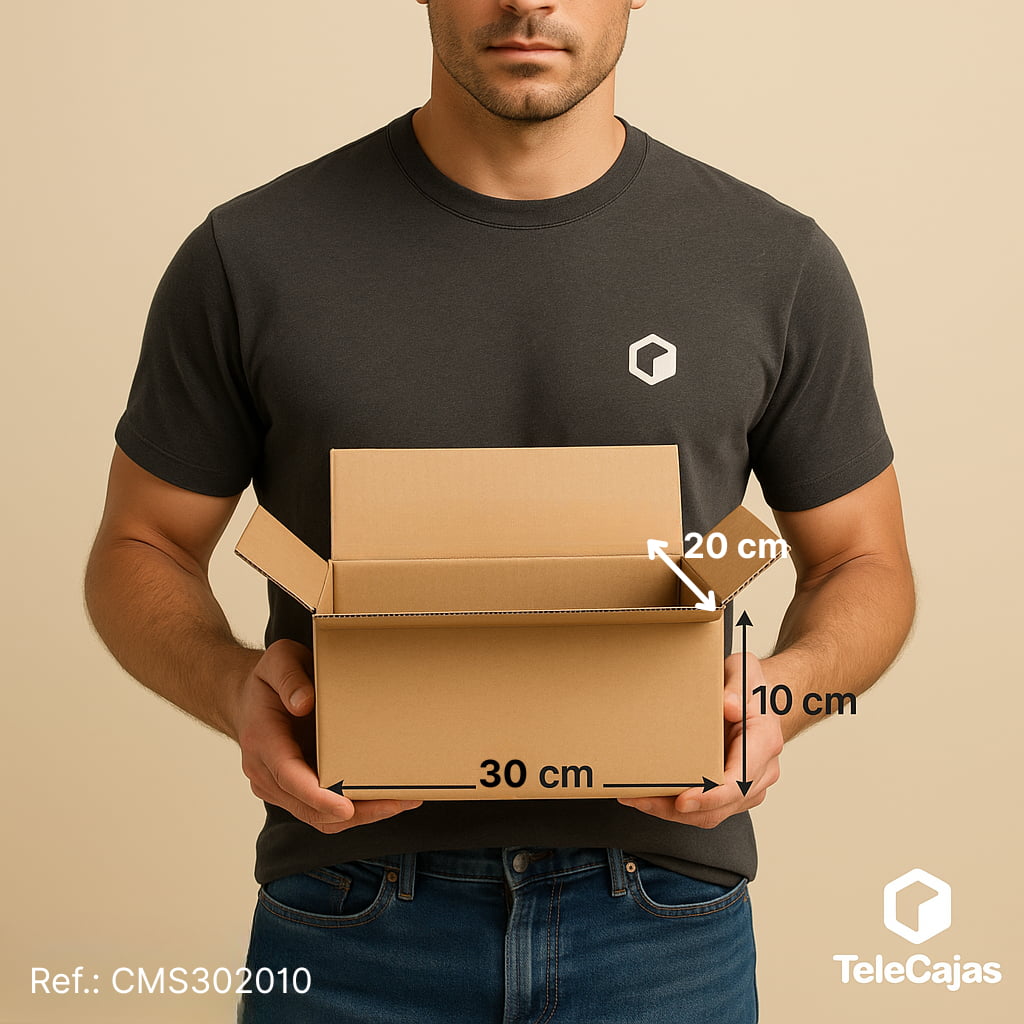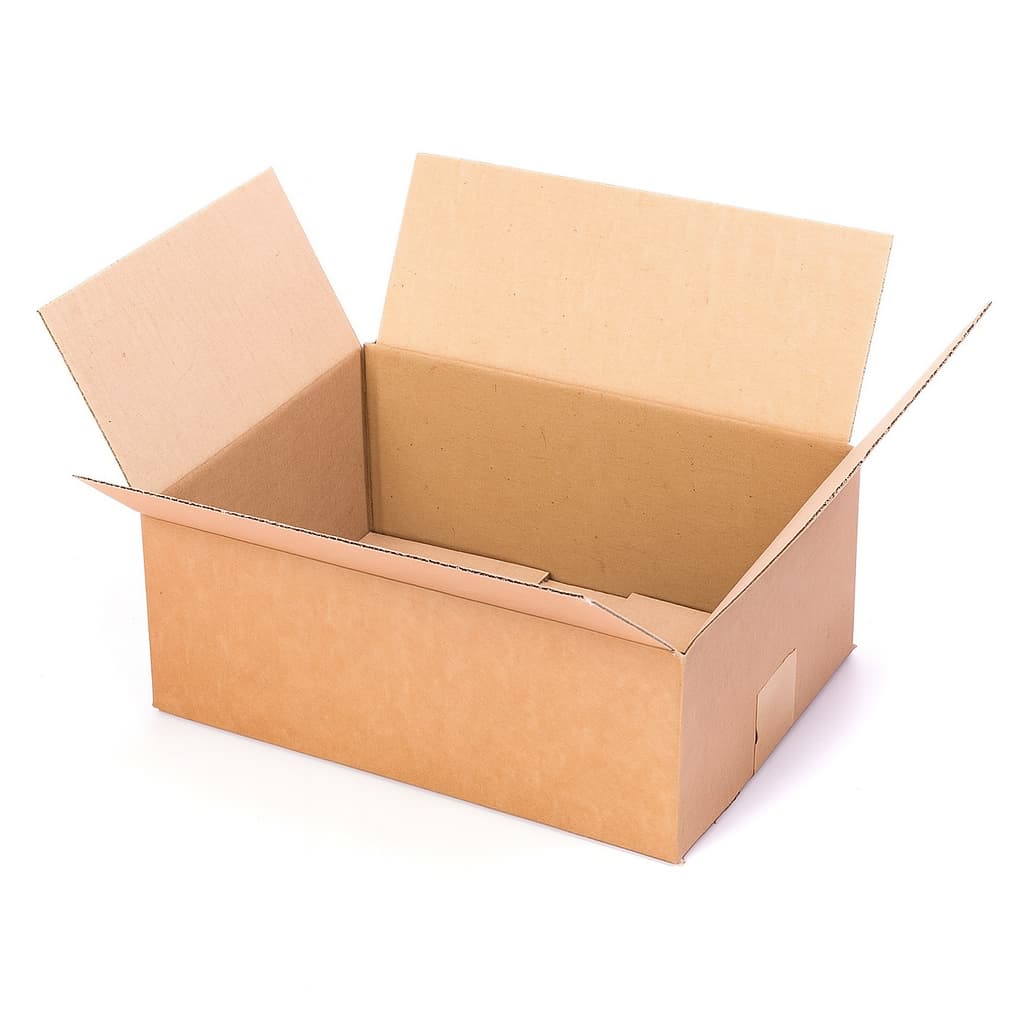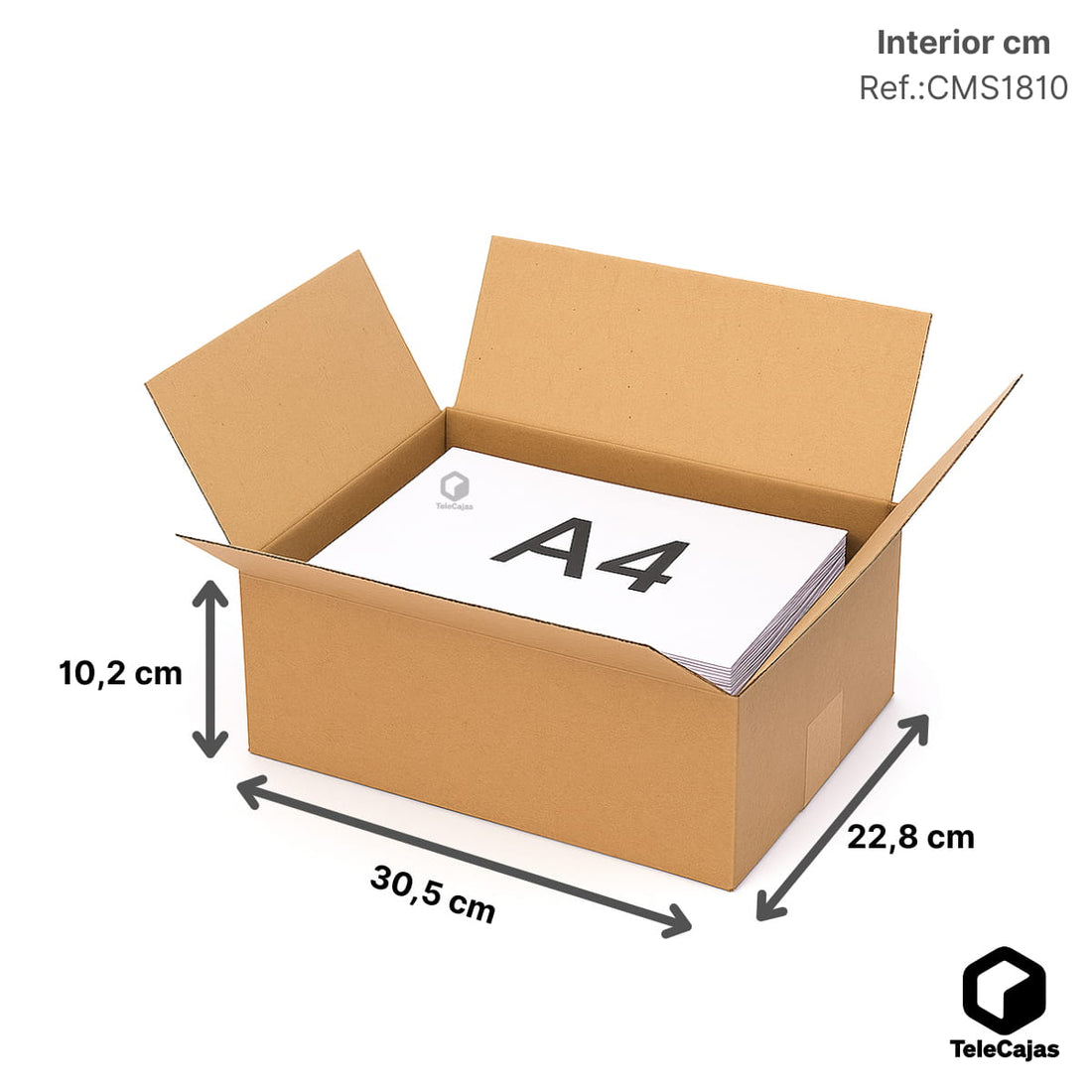Boxes per m³ calculator
Enter the cubic meters of your storage unit and the dimensions of your box in centimeters. We'll tell you how many boxes will fit by volume.
Advanced options
boxes that fit in your storage room
Introduction: The Tetris of Real Life
Have you ever found yourself surrounded by boxes, trying to estimate the size of storage unit you need? What seems like a simple task quickly turns into a three-dimensional puzzle. A poorly placed box can mean wasted time, frustration, and money wasted. Some end up paying for space they don't use, while others find themselves with too little and have to empty everything to find something.
In this guide we show you how to properly calculate space, avoid common mistakes and make the most of every cubic centimeter of your storage room, warehouse or furniture storage.

1. Volume is Deceiving: Why Dividing Cubic Meters Doesn't Work
The most common mistake is assuming that the volume can be divided freely. In logistics, this is called "dead space." That is, the gap left between objects that don't fit together well.
Imagine you place 2 x 2 meter boxes in a 5 x 5 meter storage room. Although 25 ÷ 4 equals 6.25, in practice only 4 boxes fit (2 lengthwise and 2 widthwise). The remaining space is unusable for adding another one.
The correct way to calculate is by dimensions. Apply this formula:
Basic calculation:
-
Length of storage room ÷ length of box = boxes lengthwise (round down)
-
Storage room width ÷ box width = boxes across
-
Storage room height ÷ box height = stacked boxes
Total boxes = result 1 × result 2 × result 3
This method is more reliable, but it can still be refined further. Professionals use shortcuts.

2. The Experts' Shortcut: Reference Tables
If you use standard-sized boxes, you can save time with an estimation table. This is how quick calculations are done in logistics:
| Storage room area | Small boxes | Medium boxes | Large boxes |
|---|---|---|---|
| 1 m² | 25 | 20 - 25 | 9 |
| 2 m² | 50 | 40 - 50 | 18 |
| 3 m² | 75 | 75 - 90 | 27 |
| 5 m² | 125 | 120 - 150 | 45 |
| 10 m² | 250 | 200 - 250 | 90 |
Based on a height of between 2.5 and 3 meters and efficient stacking.

3. Turn the Box! The Orientation Trick
Even if you measure carefully, you might not be making the most of the space. Why? Because you're placing all the boxes the same way.
Suppose you have a 5 × 5 × 5 m container and 1 × 1 × 2 m boxes. It fits 50 boxes, but there's one meter of height left over. If you rotate some of the boxes, you can fit 12 more.
This is a packaging problem , and in logistics, specialized software like TOPS Pro, MaxLoad Pro, or Cape Pack is used to optimize it. At home, you don't need any programs: just change the orientation, stack logically, and make the most of the height.
4. You Don't Rent Land, You Rent Volume
Another common mistake: thinking only in square meters. What you pay for is cubic space.
Keys to stacking well:
-
Disassemble furniture. It takes up much less space and fits together better.
-
Solid base. Place mattresses, boards, and bed frames at the bottom to create a firm platform.
-
Identical boxes. They facilitate stable stacking and allow you to stack them higher.
-
Weight down. Prevents heavy boxes from crushing lighter ones.

5. Don't Forget About Space to Move Around
Filling the storage room to the top without leaving any space to access it is a very common mistake.
Golden rule: leave 10-15% of the space free for hallways or access from the door. It's not wasted space, it's your maneuvering area. Without it, any box at the back will require emptying half the storage unit.
Don't estimate, calculate
Optimizing your storage space isn't about eye, it's about method. If you consider the actual dimensions, the orientation of each box, and access, you'll go from stacking by intuition to organizing like a pro.
Ready to fill your storage room without wasting a single centimeter?


